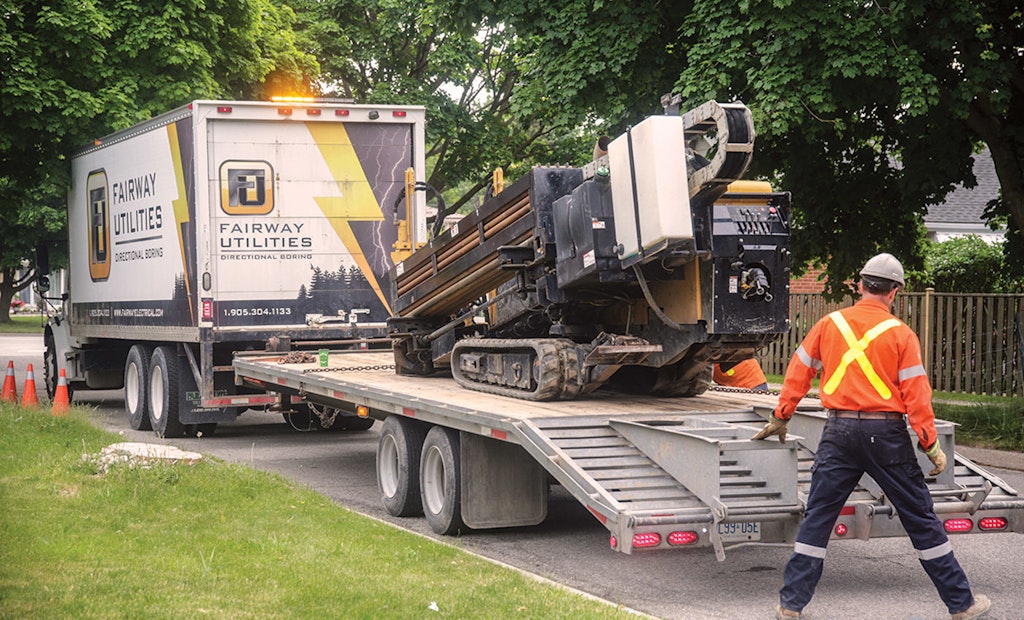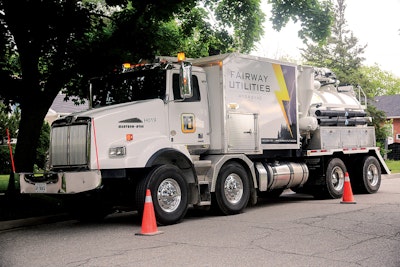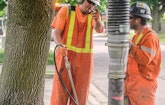
A Fairway Utilities crew member unloads a Vermeer horizontal directional drilling machine at a job site.
Investing in expensive equipment in an effort to diversify services and enter new markets poses a calculated risk, especially when it involves purchasing hydroexcavating vacuum trucks that cost $450,000 or more. But when done strategically, it can pay big financial dividends, as...









